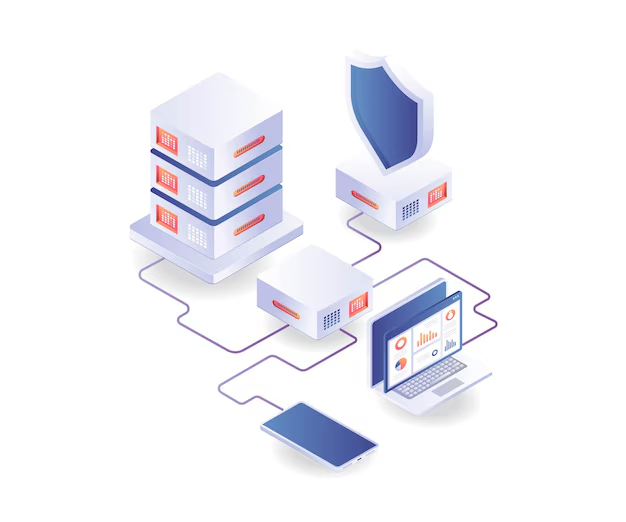Increasingly, manufacturers are turning to advanced technologies such as artificial intelligence (AI), the industrial Internet of Things (IIoT), and automation to drive their digital transformation initiatives and maintain a competitive edge in the market. These technologies offer significant potential for enhancing operational efficiency, improving product quality, and enabling more agile responses to market demands. However, for these innovations to truly deliver value, they all require access to high-quality, reliable operational technology (OT) data.
The way in which manufacturers source, contextualize, and manage this data is crucial. It directly influences the accuracy and reliability of the insights derived from the data, the security of the OT networks, and ultimately, the manufacturer's ability to compete effectively in an increasingly crowded marketplace. Despite the importance of having a robust OT data strategy, many manufacturers still struggle to implement one. This oversight can lead to missed opportunities for optimization and innovation.
Moreover, with a diverse range of heterogeneous assets deployed across manufacturing environments, ensuring secure and scalable industrial connectivity has never been more critical. As the landscape of manufacturing continues to evolve, the ability to integrate and leverage data from various sources will be essential for driving future growth and success.
Benefits of Industrial Connectivity
Standardizing industrial connectivity across lines and plants ensures IT and OT teams have seamless access to necessary data.

Increased Automation
- Reduce labor costs
- Improve quality
- Ensure Compliance

Improved Analytics & AI
- Improve visibility
- Reduce downtime
- Increase Efficiency

Reduced Cybersecurity Risks
- Better compliance to regulations
- Mitigate threats
- Real time monitoring
Companies face the challenge of converting complex data into actionable insights while balancing innovation with risk management. This is a common issue for organizations aiming to enhance their business intelligence capabilities.
Gaining a competitive advantage means quickly finding valuable insights. Data's overwhelming volume and complexity, however, often obscure critical findings. INBLAY.IO provides a complete analytics solution, allowing for the transformation of data into insights that can be put into action.
What is Industrial Connectivity?
Industrial connectivity acts as a crucial data abstraction or communication layer that bridges operational technology (OT) devices and assets with the information technology (IT) and OT systems that utilize data from the shop floor. This connectivity enables organizations to integrate both legacy and modern assets, including devices, machines, and systems, facilitating the sharing of data where it is most needed, such as in Manufacturing Execution Systems (MES), Enterprise Resource Planning (ERP), Supervisory Control and Data Acquisition (SCADA), the Industrial Internet of Things (IIoT), Human-Machine Interfaces (HMI), the cloud, and more.
The seamless exchange of information between assets and systems empowers users to automate processes, enhance visibility into manufacturing performance, and generate insights that support data-driven decision-making. Furthermore, the standardization of industrial connectivity across production lines, plants, and the wider enterprise ensures that both IT and OT teams have secure and uninterrupted access to the data they require, all while effectively mitigating cybersecurity risks.
What is Device Connecivity
Device connectivity is a fundamental capability for all industrial connectivity solutions, but not all solutions are created equal. Effective industrial connectivity platforms should provide a comprehensive array of pre-built drivers to connect with various devices and protocols commonly found in operational technology (OT) environments. The ability of these solutions to interface with devices from different vendors is essential for establishing a standardized and abstracted connectivity layer at scale, as no two machines, production lines, or factories are identical. Additionally, it is important to consider the wide variety of device drivers available and the differing levels of performance and reliability associated with each one.
Types of Devices
A complete industrial-grade solution to connect, communicate, control and visualize IIoT data of field devices.




